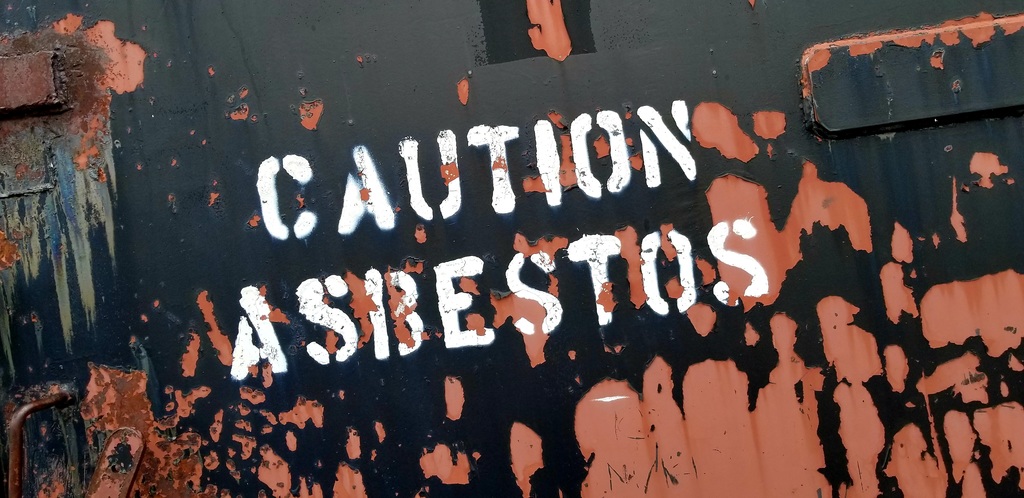
Kelly Rose
Editor

Kelly Rose
Editor
MESOTHELIOMA AWARENESS Day takes place on September 26, and was established in hopes of increasing general awareness around the debilitating disease that is mesothelioma.
Mesothelioma is rarely a cancer brought into public view due to many factors; one reason being that there are only 3,000 new diagnoses annually. While a lesser known cancer, mesothelioma is one of the few types of cancer that can feasibly be prevented. That being said, the prognosis of this disease is generally bleak with pleural mesothelioma, the most common form, having a 5-year survival rate of only about 5%.
Due to the latency period of asbestos related diseases, individuals who came into contact with the material decades ago may still be or will be affected by this disease and not even know it. This is why continued education is imperative in prevention. Mesothelioma Awareness Day aims to improve upon that knowledge, and in turn increase funding for possible cures or treatment options to become more widely available in hopes of extending the lifespan of patients.
What is Mesothelioma?
Mesothelioma is a cancer caused by asbestos exposure that commonly develops in the lining of the lungs or abdomen. Mesothelioma patients, on average, have a life expectancy of 12-21 months, although symptoms may not develop for decades, usually between 10 to 50 years after initial exposure. Currently, the only known cause of mesothelioma is exposure to asbestos fibers, and generally the risk of developing mesothelioma increases the longer amount one is exposed to asbestos. However, the Occupational Health and Safety Administration states that no amount of exposure to this material is safe.
What is Asbestos?
Asbestos was a widely used mineral known for its high heat and chemical resistance. This is what made its use so popular in products like insulation, paint, and even brake pads. There are even cases surfacing today regarding asbestos in various cosmetic products. Individuals are most commonly exposed to this hazard in the workplace, but with the sheer magnitude at which asbestos was used during its height makes environmental, product, and secondhand exposures a continued worry.
What kind of treatment options are available?
Treatment options for this disease are generally quite limited, due to the long latency period and common misdiagnosis of mesothelioma patients. However, if identified and diagnosed early, treatment has proven to show success. Traditional chemotherapy and radiation are generally the most common options, although newer alternatives such as CAR-T and transarterial chemoperfusion have recently shown promise in clinical trials. Because these treatments are in the early stages, however, increased awareness and funding is needed to continue research and improve prognosis for mesothelioma patients.
What can I do to help?
With such a debilitating and underrepresented disease, it may seem at times that there is little one can do to help. But on the contrary, there are actually several things individuals can do on a personal scale. Speaking up about the risks associated with this hazardous substance, petitioning to your local and federal government about stricter regulations, and donating funds to specific research organizations and groups are all ways people can help. This will assist by spreading awareness of mesothelioma and asbestos exposure, as well as push those in power to create more conversations around advocating for a full ban on all asbestos products. This would be in the public’s best interest in avoiding further cancers and health conditions related to asbestos exposure.
To learn more about mesothelioma and asbestos exposure visit these resources below:
https://www.mesothelioma.com/mesothelioma/
https://www.osha.gov/SLTC/asbestos/
